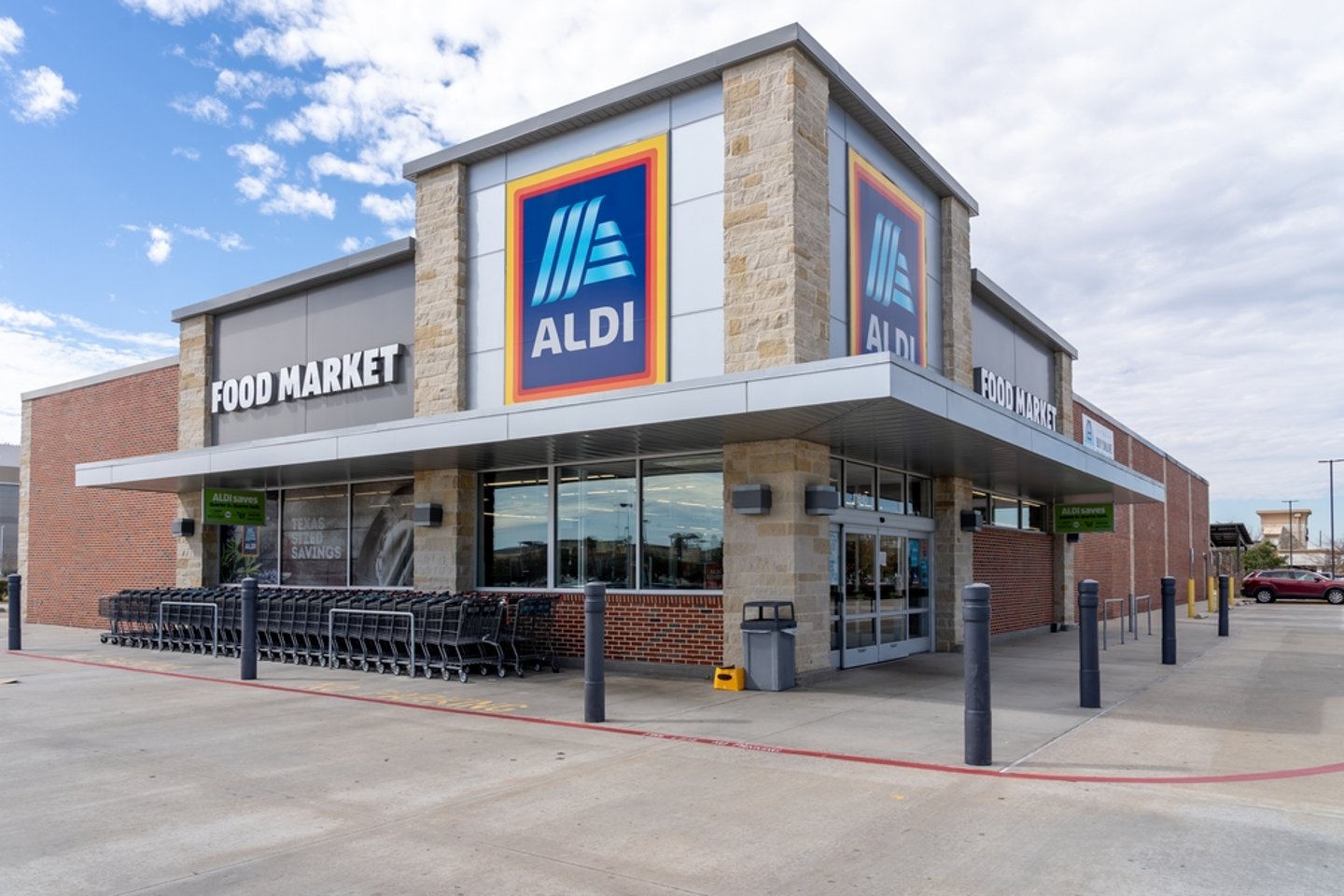Aldi, Lidl See Growth In Store Visits
Aldi and Lidl are often linked in conversation about the grocery industry as the two grocers with strong European roots offer shoppers high value products with much of their respective assortments featuring private label products.
And while consumers are turning to both with greater frequency in an effort to stretch their weekly food budgets, the foot traffic growth at Aldi is far outweighing that of Lidl, according to a new report from Placer.ai.
When looking at year-over-year store visits from February 2023 through February 2024, Aldi has seen at least 10% growth in visits each month during this period with the exception of July of 2023. Growth that month fell just below the 10% threshold. The grocer also closed out 2023 and started the new year with robust growth in visits with December up slightly more than 20%, January up about 19% and February up nearly 29%.
“Aldi has rapidly expanded its retail footprint during a period where it has benefited from alignment with wider economic headwinds that benefit its value orientation,” Ethan Chernofsky, senior vice president of Marketing at Placer.ai, said regarding Aldi’s strong growth at the end of 2023 and into the first two months of 2024. “The combination has proved potent and creates a powerful opportunity to leverage short-term trend alignment to drive longer-term growth and customer loyalty.”
Lidl’s year-over-year visit growth was solid over the same 13 month period, but far less robust than Aldi. The grocer saw growth of less than 10% in 12 months and saw a small decline in traffic in January 2024, Placer.ai’s figures show.
One factor that appears to be having a significant impact on store traffic is geography. The median household income (HHI) in Aldi’s trade area was slightly lower than the national median, with the median HHI in the grocer’s captured market even lower than the median HHI in its potential market. According to Placer.ai, this indicates Aldi locates its stores in areas that are accessible to the average consumer and succeeds in attracting the slightly lower income segments within its potential trade area.
Lidl’s potential market median HHI stood at $78.8K/year in 2023, and the median HHI in its captured market was even higher – $88.1K/year – indicating that Lidl stores are located in more affluent areas, and that the company caters to the wealthier households within those neighborhoods.
Additionally, while both brands are popular among suburban audiences, Aldi tends to attract a more blue-collar customer, while Lidl is frequented by a wealthier suburban segment. The share of visitors falling into the “Small Town Low Income” category was 7.5% for Aldi compared to 0.9% for Lidl. Conversely, Lidl saw 16.7% of its visitors falling into the “Upper Suburban Diverse Families” segment, while Aldi had 10.6% of its consumers in that category, Placer.ai’s research shows.
And while Aldi and Lidl have a hold on different suburban segments, the chains’ expansion strategies seem geared to grow each chain’s reach outside the other’s orbit, the report said. Lidl has been opening stores in big cities along the east coast, including the New York City neighborhood of Chelsea.
Meanwhile, Aldi recently announced plans to open 800 stores in the coming years and acquired grocery chains Winn-Dixie and Harveys, brands that typically attract a more price-sensitive consumer. This acquisition will expand Aldi’s presence and will likely appeal to value-oriented shoppers, a segment already receptive to its offerings.
But with Aldi’s future growth, is there an opportunity for the grocer to capture more sales from households with higher income levels?
Chernofsky said yes.
“We’re seeing multiple chains across segments identify mechanisms to reach higher-income audiences,” he said. “Dollar General is utilizing its pOpShelf banner, while Five Below is adding newer items at higher price points. It is certainly an approach that Aldi could take, especially considering the nature of its expansion.”





